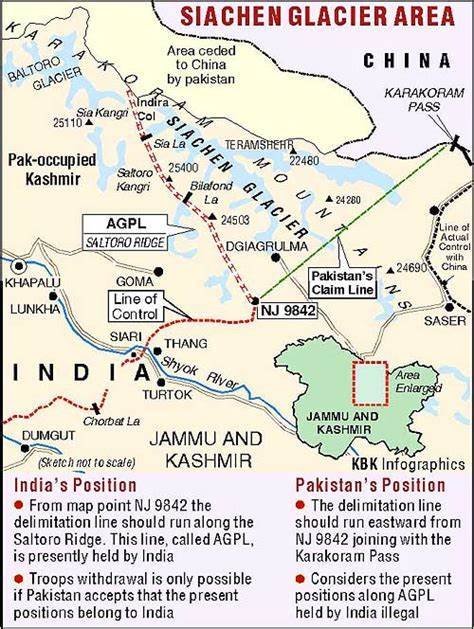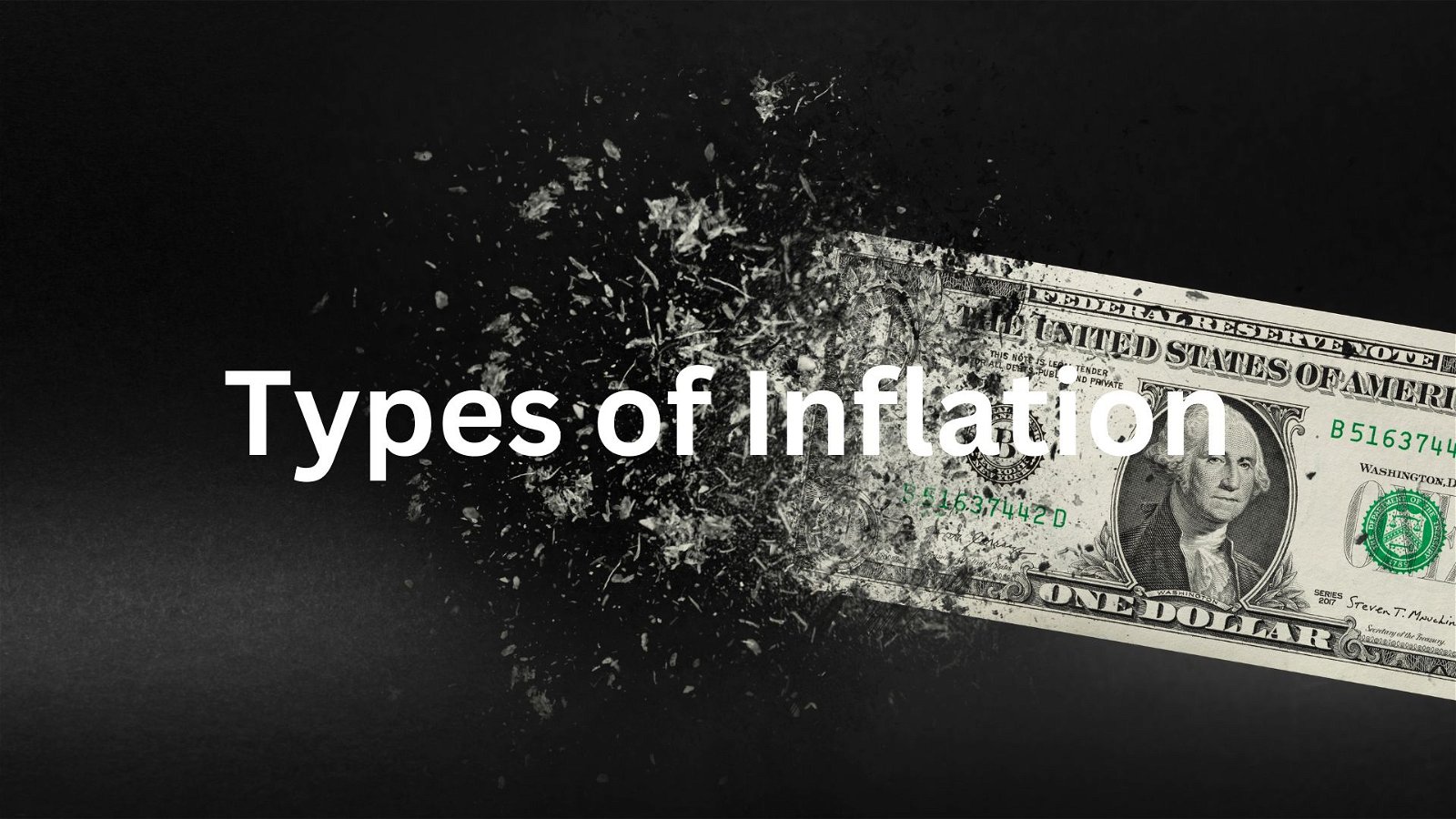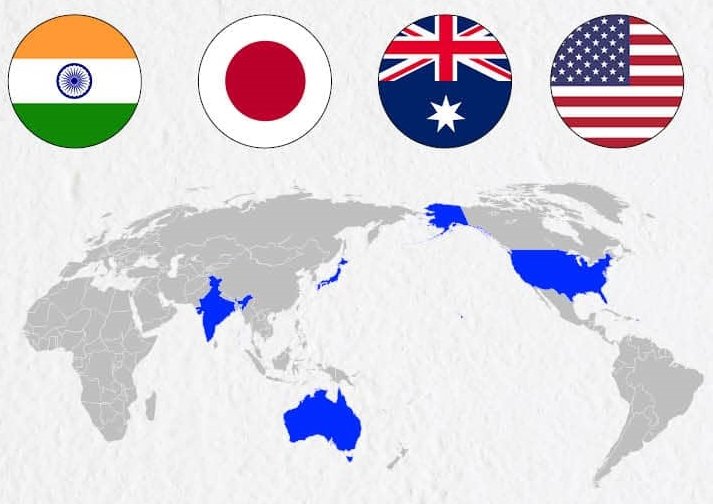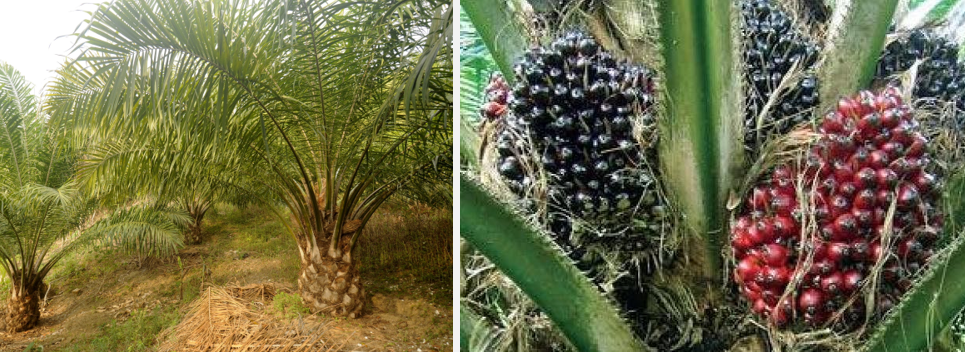
Current Affairs August 11, 2023: Sinking of Joshimath, Collegium System, National Social Assistance Programme, Monetary Policy, Open Market Sale Scheme
Subscribers of "Current Affairs" course can Download Daily Current Affairs in PDF/DOC
Subscribe to Never Miss an Important Update! Assured Discounts on New Products!
Must Join PMF IAS Telegram Channel & PMF IAS History Telegram Channel
{GS1 – Geo – PG – Geomorphology – 2023/08/11} Sinking of Joshimath
- Joshimath is sinking due to land subsidence.
- The situation is irreversible, and people have been evacuated from the city

Joshimath
|
Land Subsidence
- It is the gradual or sudden sinking of the ground because of underground material movement.
- Subsidence can happen at any scale — over very large areas or very small areas.
- Both natural and human-made phenomena cause it. Natural phenomena include faulting (plate slipping), erosion, earthquakes, soil compaction, glacial isostatic adjustment, sinkholes, etc.
- Human-made phenomena include removing water, oil, natural gas, or minerals by pumping/mining.

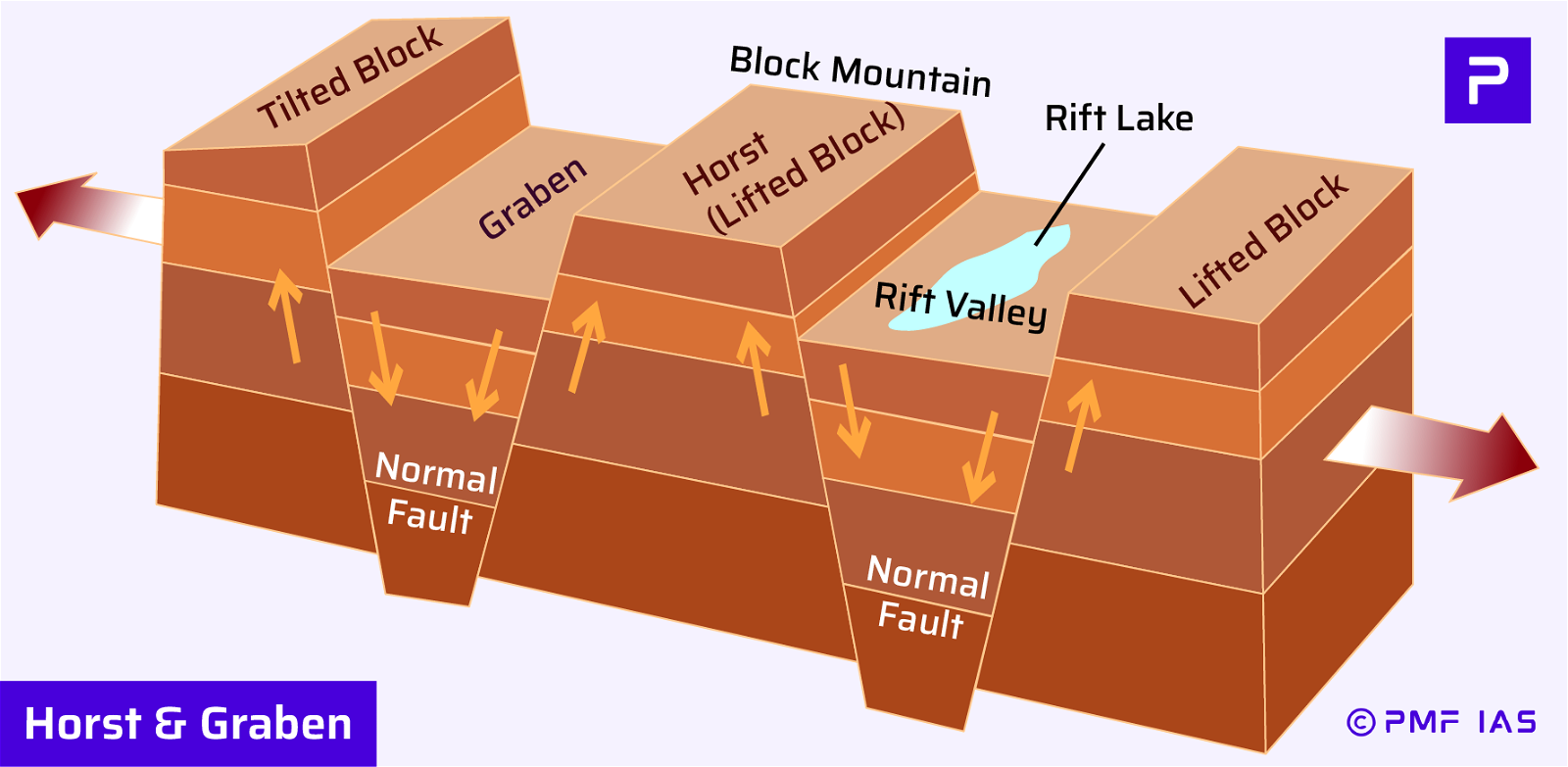
Reasons of Land Subsidence in Joshimath
Very Fragile Ecology
- According to the Mishra Committee report (1976), Joshimath lies on a deposit of sand and stone, it is not on the main rock. It lies on an ancient landslide.
- Therefore, the committee recommended restricting heavy construction work, felling of trees, etc.
Natural Calamities
- Joshimath lies in the high-risk seismic Zone-V, located within the geographic fault region along which the Indian Plate is pushed under the Eurasian Plate.
- The region also faces frequent landslides, flash floods, and land erosion.
Seismic Zones of India
|
Unplanned Urbanisation
- Unplanned and unauthorised construction has led to the blocking of the natural flow of river water.
- Joshimath is burdened with structures built without any regard for the load-bearing capacity.
Road and Developmental Constructions
- Due to high tourism demand, there is a large-scale construction of roads and other infrastructures.
- Example: the Helang-Marwari bypass (a part of the Char Dham highway expansion project) by the Border Roads Organisation (BRO).
- These are weakening the slopes and destabilising the local topography.
- Unscientific slope-cutting due to construction has resulted in several landslides.
Hydel Projects
- A series of run-of-the-river (RoR) hydropower projects have been pushed in all Himalayan states, despite the region being ecologically fragile.
- Ravi Chopra committee was constituted by the SC to oversee the implementation of the Uttarakhand Chardham road widening project. It opined that the hydropower projects are creating and aggravating the disasters like floods in Uttarakhand.
- The construction of the NTPC Tapovan Vishnugad Hydro Power plant has done more damage to Joshimath’s foundations. It is constructed on the Dhauliganga River and it required a tunnel that cut right through the mountain upon which Joshimath is located.


|
Inadequate Drainage and Wastewater Disposal
- Lack of drainage and wastewater disposal systems is a part of the subsidence problem.
- About 85% of buildings in Joshimath aren’t connected to a sewerage system and have soak pits instead (the fragile soil here easily absorbes water and get soaked).
- Mishra Committee report (1976) had warned that these pits could create cavities between soil and boulders, as well as that inadequate drainage could lead to landslides.
Suggestions to Tackle the Situation
- Experts have recommended shutdown of construction and hydroelectric projects in the region.
- Construction of the NTPC Hydro Power plant and Helang Bypass has ceased till further orders.
- Replantation, especially at the vulnerable sites to retain soil capacity.
- Redevelopment of Drainage System.
- Scientific studies specific to Joshimath’s issue needs to be carried out.
{GS2 – Health – Issues – 2023/08/11} UNESCO endorses smartphone ban in schools
- Context (TH): UNESCO’s 2023 Global Education Monitoring Report cautions against the indiscriminate use of digital technology in educational settings, as there is limited reliable proof of its educational benefits.
- Globally, one in four countries has imposed such bans either as law or as a policy out of concern for data privacy, safety, and child’s well-being.
Effects of Smartphones on Child Life
- Memory problems: Excessive use can impair children’s ability to store and recall information.
- Radiation exposure: Smartphones emit EMR that harms children’s eyes and brain cells.
- Addiction and dependence: Children can develop a compulsive need to use smartphones, which can interfere with their daily activities and relationships.
- Learning difficulties: Children who use smartphones too much may have trouble focusing, reading, and writing in school.
- Privacy and security risks: Children may not be aware of the potential dangers of sharing personal information, photos, or videos on smartphones.
How to use mobile devices in a way that is beneficial for children
- Set limits on screen time: children under the age of 18 should have no more than two hours of screen time per day. This includes time spent on mobile devices, computers, and television.
- Cyberbullying and online harassment: Parents should talk to their children about the risks of cyberbullying and how to stay safe online.
- Monitor children’s online activity: Parents should monitor to make sure that they are not exposed to harmful content. Several parental control apps can help parents do this.
- Physical activity: Too much screen time can lead to obesity and other health problems. Parents should encourage children to take breaks from their devices and engage in physical activity.
- Enough sleep: A healthy diet and enough sleep are essential for children’s physical and mental health. Parents should encourage their children to eat healthy foods and get enough sleep.
{GS2 – Polity – IC – Judiciary – 2023/08/11} Collegium System
- Collegium System is the system by which judges are appointed and transferred by the judges.
- It is not formed by an Act or Constitution provision.
- It is the system evolved by the judgments of SC.
- SC collegium is headed by the CJI and four other senior-most judges of the court.
- HC collegium is led by its Chief Justice of the HC and four other senior-most judges of that court.
- The names for appointments by the HC collegium reach the government only after CJI and SC collegium approval. The government can return the name for reconsideration.
- If the collegium reiterates its recommendation, the GoI must appoint the recommended judge.
- The government’s role is limited to conducting an inquiry through the Intelligence Bureau (IB).
‘5+1’ collegium
|
The Evolution of the Collegium System
- First Judges Case (1981): SC held that the CJI does not have primacy over the opinion of the Chief Justice of the HC in the matter of appointment and transfer of judges. The CJI and Chief Justice of the HC are equally important in the consultation process.
- Second Judges Case (1993): SC overruled the First Judge Case and held that the CJI of SC has the greatest significance in appointing and transferring judges. The Chief Justice of the HC must consult with the CJI before recommending to the government.
- Third Judges Case (1998): SC held that the recommendation without consultation of the collegium by the CJI for the appointment of SC and HC judges is not binding on the government.
- Fourth Judges Case (2015): The SC upheld the primacy of the collegium. Further, the court struck down the NJAC (National Judicial Appointments Commission) Act with a 4:1 majority in 2015 as unconstitutional.
National Judicial Appointments Commission (NJAC)
- GoI appointed the Justice M N Venkatachaliah Commission to review the collegium system.
- In 2014, the government passed the 99th Constitutional Amendment Act, establishing NJAC.
- The government would be bound by the recommendations of the NJAC.
- The NJAC comprised 3 judges of SC, the central law minister, and two civil society experts.
- A person would not be recommended by NJAC if any two did not accept such a recommendation, making the appointment process more broad-based.
- SC struck down the NJAC as the Act gave the government significant powers to appoint Judges.
Criticism Against the Collegium System
- Constitutionally Unauthorized: The collegium system lacked constitutional mention and was established by the judiciary, granting it exclusive authority over judge selection.
- Limited Participation: Critics view the collegium as a closed judges’ group with no input from stakeholders like the executive, legislature, bar, or public in judge appointments.
- Lack of Oversight: Accountability, review, and grievance redressal mechanisms are absent in the collegium system, with no room for judicial review of its decisions.
- Vacancy Delays: The collegium’s slow recommendations contribute to case backlogs and court delays due to prolonged judge appointment processes.
- Opaque: It lacks transparency, and decisions are shielded from public view and scrutiny.
- Bias and Favoritism: Concerns arise over potential nepotism and favouritism, as the collegium may prioritise judges linked to existing members, raising allegations of bias.
- Controversies and Disputes: The collegium system has faced controversies involving transfers, the elevation of judges with questionable integrity, and the rejection of executive recommendations.
Memorandum of Procedure (MoP) for the appointment of judges in India
- The MoP is an agreement between the judiciary and government that outlines the criteria for appointing judges to the SC and HCs.
- The MoP was formulated after the NJAC was struck down by the SC.
- The MoP requires the collegium to take into account several factors:
- Experience and qualifications
- Integrity and character
- Judicial temperament
- Representation from different regions and communities
- The MoP requires the government to give reasons for rejecting a recommended name.
- The MoP is a step in the direction of ensuring the transparency and accountability of appointing judges.
{GS2 – Welfare – 2023/08/11} National Social Assistance Programme
- Context (IE I HT): CAG report on the performance audit of the National Social Assistance Programme (NSAP) from 2017-18 to 2020-21 was tabled in Lok Sabha
- The report raised the issue of the diversion of funds from the NSAP, which includes old-age pension schemes, for publicising some of its other schemes.
- The NSAP is a social security and welfare programme.
- It was launched in 1995 under the Ministry of Rural Development.
- The eligibility criteria for NSAP is beneficiary must belong to a Below Poverty Line (BPL) family.
NSAP comprises five schemes
- Indira Gandhi National Old Age Pension Scheme (IGNOAPS): The pension is Rs. 200 p.m. for persons between 60 years and 79 years and Rs. 500 p.m. for those above age 80.
- Indira Gandhi National Widow Pension Scheme (IGNWPS): Widows aged 40 years will get a pension is Rs. 300 per month.
- Indira Gandhi National Disability Pension Scheme (IGNDPS): An individual aged 18 years and above and a disability level has to be 80% will get Rs. 300 per month.
- National Family Benefit Scheme (NFBS): In the event of the death of the breadwinner (18-60 years of age) Rs. 20,000 will be given as a lump sum assistance to the bereaved household.
- Annapurna: The scheme Provides food security to those eligible old-aged persons who have remained uncovered under the IGNOAPS.
- Under this programme, 10 kgs of food grains (wheat/rice) is given per month per beneficiary.

{GS3 – IE – RBI – 2023/08/11} Monetary Policy
- Context (TH): The Monetary Policy Committee (MPC) of the RBI decided to keep the policy repo rate unchanged at 6.50%.
- Monetary policy is the process by which the monetary authority of a country (RBI) controls the money supply in the economy for the purpose of achieving GDP growth and price stability.
Inflation target
- Under the RBI Act, the Central Government, in consultation with the RBI, determines the inflation target in terms of the Consumer Price Index (CPI), once in every five years.
- Current inflation target is 4% with a leeway of 2 percentage points on either side (4+/-2%).
- Inflation Target: 4%
- Upper tolerance level: 6%
- Lower tolerance level: 2%
- In 2016, the Government amended the RBI Act and constituted the MPC.
Monetary Policy Committee (MPC)
Background
- RBI set up an Expert Committee under Urijit Patel in 2013 to revise the monetary policy framework, and it came up with its report in January 2014.
- It suggested that RBI should abandon the ‘multiple indicator’ approach and make inflation targeting the primary objective of its monetary policy.
- A new “Monetary Policy Framework” Agreement was signed between the GoI and RBI in Feb 2015.
- It also mooted having an MPC so that these decisions could be made through majority vote.
- In 2016, the GoI amended the RBI Act to hand over the job of monetary policy-making to MPC.
Monetary Policy Committee
- It is a six membered committee headed by RBI Governor.
- Three members from the RBI:
- The Governor of RBI — (Chairperson), Member, ex officio;
- Deputy Governor of RBI, in charge of Monetary Policy — Member, ex officio;
- One officer of RBI to be nominated by the Central Board of RBI — Member, ex officio.
- Three independent members to be selected by the Government.
- They shall hold office for a period of four years and shall not be eligible for re-appointment.
- MPC decides the benchmark policy rate (repo rate) required to contain inflation within the specified target level set by RBI.
MPC Meetings
- As per the RBI Act (RBI), 1934, MPC is required to meet at least four times each year.
- Currently, the MPC meets six times in a financial year, which is every two months.
- The schedule of the MPC meetings for the entire financial year is announced in advance.
- The MPC also conduct an off-cycle meeting in times of emergency.
Report to Government
- In case the RBI fails to meet the inflation target, it has to present a report to the government
- Explaining the reasons for the failure.
- The remedial actions it proposes to take.
- An estimated time within which the inflation target will be achieved following the timely implementation of the proposed remedial actions.
RBI’s stances
- Accommodative stance indicates that RBI is willing to cut the interest rates.
- Neutral stance suggests that the central bank can either cut rate or increase rate.
- Hawkish stance (Tight monetary policy) indicates that the central bank’s top priority is to keep the inflation low. During such a phase, the central bank is willing to hike interest rates.
- Calibrated tightening indicates that the rate hike will happen in a calibrated manner.
- This means the central bank may not go for a rate increase in every policy meeting but the overall policy stance is tilted towards a rate hike.
- A cut in the repo rate is off the table.
{GS3 – PDS – 2023/08/11} Open Market Sale Scheme (OMSS)
- Context (TH): In response to rising foodgrain prices, Centre decided to additionally sell 50 lakh tonnes (LT) of wheat and 25 LT of rice through the Open Market Sales Scheme (OMSS).
- The aim is to maintain enough supply domestically and curb rice, wheat, and atta price increases.
- Centre had also decided to bring down the reserve price of rice by ₹200 a quintal.
- The cost for this reduction would be borne using the price stabilisation fund.
- Under OMSS, Food Corporation of India (FCI) sells surplus stocks of wheat and rice under OMSS (Domestic) at pre-determined prices through e-auction in the open market from time to time.
- OMSS aims to enhance the supply of food grains, especially wheat, during the lean season, thereby moderating the open market prices, especially in the deficit regions.
- FCI sells the food grain under OMSS only for consumption and to keep inflation under control.
- It is implemented by the Department of Food & Public Distribution, Ministry of Consumer Affairs.
Objectives of OMSS
- To enhance the supply of foodgrains during the lean season and deficit regions.
- To moderate the rise in market prices.
- Control food inflation.
- Disposal of excess stocks.
Union government’s recent direction for OMSS
- Conduct the e-auctions of wheat and rice to check the inflationary trends.
- Restrict the supply of foodgrains through the OMSS (Domestic) to 100 tonnes per bidder.
- Exclude state governments from the purview of OMSS to maintain adequate stock levels in the central pool while controlling prices.
- Whoever purchases cannot export or give it to another State’s agencies.
Price Stabilisation Fund
- It was set up in 2014-15 to support market interventions for managing prices of perishable agri-horticultural commodities.
- It helps to regulate the price volatility of important agri-horticultural commodities.
Food grain stocking norms
Operational stocks
Food security stocks/reserves
Buffer stocks
Food Corporation of India (FCI)
|





![PMF IAS Environment for UPSC 2022-23 [paperback] PMF IAS [Nov 30, 2021]…](https://pmfias.b-cdn.net/wp-content/uploads/2024/04/pmfiasenvironmentforupsc2022-23paperbackpmfiasnov302021.jpg)




